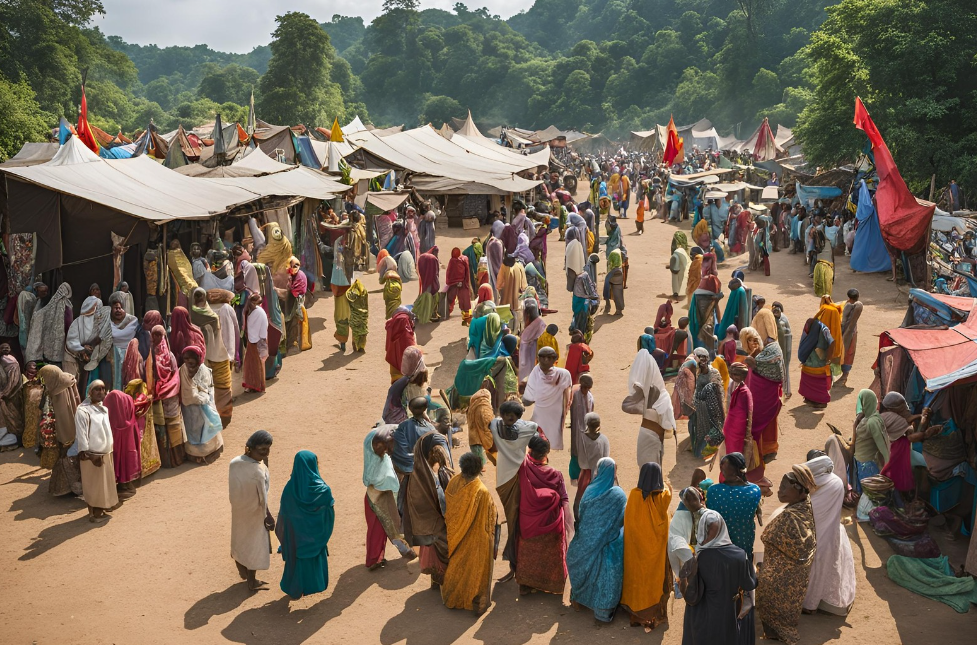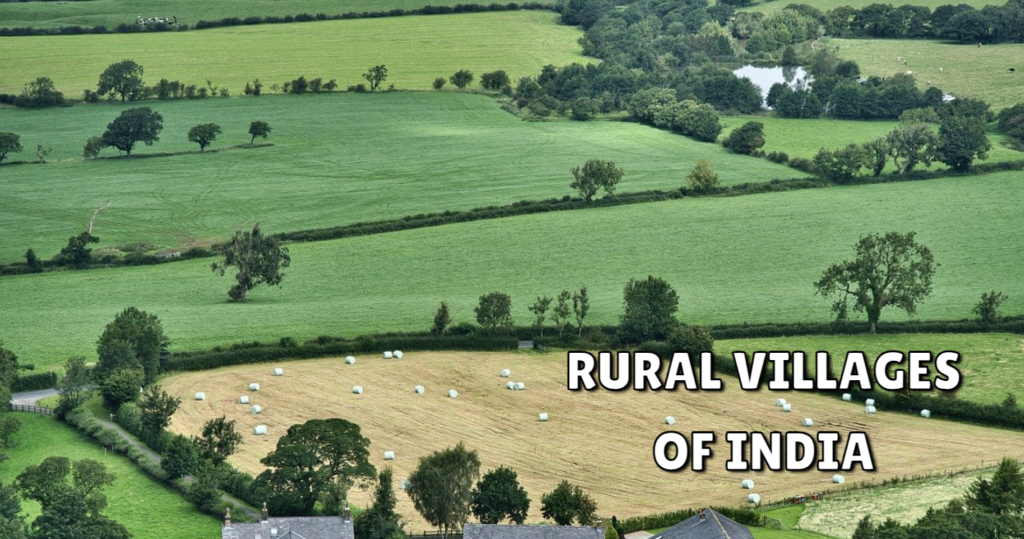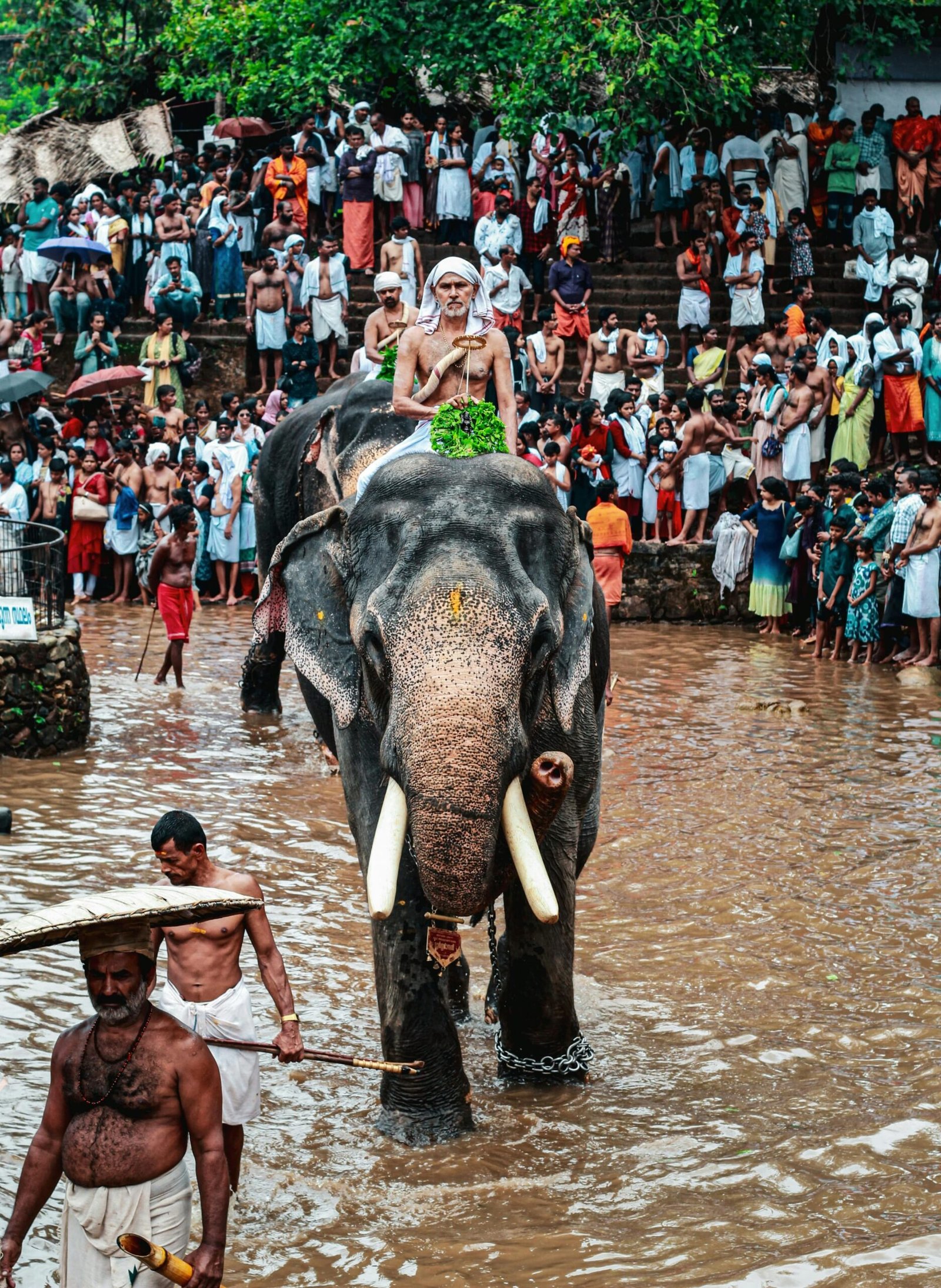India’s rural villages are the soul of the nation, offering a glimpse into the country’s rich cultural heritage, traditional lifestyles, and agricultural practices. Despite the rapid urbanization, a significant portion of India’s population still resides in these villages, maintaining a way of life that has been passed down through generations. This article delves into the essence of Indian rural villages, highlighting their unique characteristics, challenges, and the potential for sustainable development.
Table of Contents
1. Cultural Heritage and Traditions :
Indian rural villages are a treasure trove of cultural heritage and traditions. Each village has its own unique customs, festivals, and rituals that reflect the diversity of India’s cultural landscape. In the time of winter almost every villages of India has its own fair or mela. This is the time when they forgot about their work and come together to enjoy the life. And also some of the villages has agricultural fair which is so good to see. Where they bring their exceptional farming, Like a fruits which is usually small in size but they grows it so huge is size and also the vice versa.

2. Agricultural Practices :
Agriculture is the backbone of rural India. Almost the 60 % of Indian population depends on agriculture. The majority of the rural population is engaged in farming, cultivating crops such as rice, wheat, sugarcane, and cotton. Traditional farming methods, passed down through generations, coexist with modern agricultural techniques. The introduction of sustainable farming practices and organic farming is gradually transforming the agricultural landscape. In 2022-23, the agricultural exports from India stood at US$ 52.50 billion.
3. Handicrafts and Artisans :
Indian villages are renowned for their handicrafts and artisanal products. From intricate handwoven textiles and pottery to exquisite jewelry and woodwork, rural artisans create masterpieces that are highly valued both domestically and internationally. Villages like Raghurajpur in Odisha are famous for their Pattachitra art, while the Bishnoi villages in Rajasthan are known for their eco-friendly crafts. And there is a village called Ghurni in West Bengal is very famous for pottery.
4. Community Life and Social Structure :
The social structure in Indian villages is deeply rooted in community life. Villagers often live in close-knit communities where everyone knows each other. The Panchayat system, a traditional form of local self-government, plays a crucial role in decision-making and conflict resolution. This sense of community fosters a strong support system and collective responsibility.
5. Challenges and Opportunities :
Despite their charm, Indian rural villages face numerous challenges. Lack of access to quality education, healthcare, and basic infrastructure are significant issues. However, there are also immense opportunities for development. Government initiatives and non-governmental organizations are working towards improving living conditions, promoting education, and providing healthcare services.
6. Sustainable Development and Eco-Tourism :
Sustainable development is key to the future of Indian rural villages. Eco-tourism is emerging as a viable option to boost the local economy while preserving the environment. Villages like Mawlynnong in Meghalaya, known as the cleanest village in Asia, are setting examples of sustainable living. Eco-tourism not only provides an additional source of income but also raises awareness about environmental conservation.

7. Education and Empowerment :
Education is a powerful tool for empowerment in rural areas. Efforts are being made to improve literacy rates and provide quality education to children in villages. Initiatives like the Mid-Day Meal Scheme and the establishment of rural schools are encouraging more children to attend school. Education empowers individuals, especially women, to break free from the cycle of poverty and contribute to the community’s development. Kanyashree Prakalpa has made a great impact on rural girls , it has reduced the drop out rate among girls. As per the sources there is more than 12 lakhs school in rural villages.

8. Healthcare and Sanitation :
Access to healthcare and sanitation facilities is crucial for the well-being of rural populations. Many villages still lack basic healthcare infrastructure, leading to high mortality rates and preventable diseases. Government programs like the National Rural Health Mission (NRHM) aim to provide accessible and affordable healthcare services to rural areas. Improving sanitation facilities is also a priority to ensure a healthy living environment. As per Rural Health Statistics 2019-20, there are 155404 Rural Sub Centres including 18610 Ayushman Bharat Health & Wellness Centres.
9. Technological Advancements :
Technology is gradually making its way into rural India, bringing about significant changes. Mobile phones and the internet are becoming more accessible, enabling villagers to stay connected and access information. Digital literacy programs are helping villagers harness the power of technology for education, agriculture, and entrepreneurship. The use of technology in agriculture, such as precision farming and mobile apps for market information, is revolutionizing traditional farming practices. The digital empowerment of rural India through DIP has brought a lots of socio-economic benefits.
10. Preservation of Natural Resources :
Indian rural villages are often located in areas rich in natural resources. Preserving these resources is essential for sustainable development. Villagers are increasingly adopting practices like rainwater harvesting, afforestation, and organic farming to protect the environment. The Bishnoi community in Rajasthan is a prime example of environmental conservation, with their deep-rooted commitment to protecting wildlife and natural resources. Indian Wild Life Act. is successfully going on with the help of rural people.
Beauty Of Nature :
The beauty of nature in rural villages is often profound and enchanting. Unlike urban landscapes, rural areas offer a serene and unspoiled environment where natural beauty thrives in various forms:
- Scenic Landscapes: Rolling hills, vast meadows, and picturesque fields characterize rural landscapes. These expanses often change with the seasons, offering a kaleidoscope of colors from lush greens in spring to golden hues in autumn.
- Tranquil Environment: Away from the hustle and bustle of cities, rural villages provide a peaceful atmosphere. The air is cleaner, sounds are more natural (like birdsong and rustling leaves), and the pace of life is slower.
- Biodiversity: Rural areas are often rich in biodiversity. You can find diverse flora and fauna, from wildflowers and ancient trees to various bird species and small mammals. This biodiversity contributes to the ecosystem’s health and creates opportunities for nature enthusiasts.
- Night Skies: With less light pollution, rural villages offer stunning views of the night sky. On clear nights, you can see countless stars, constellations, and even the Milky Way stretching across the horizon.
- Traditional Architecture: Many rural villages boast traditional architecture that blends harmoniously with the natural surroundings. Stone cottages, thatched roofs, and wooden barns add to the charm and authenticity of these landscapes.
- Cultural Heritage: Rural areas often preserve deep cultural roots and traditions. This can be seen in local festivals, folk music, artisan crafts, and culinary traditions that celebrate the connection between people and nature.
- Seasonal Changes: Each season brings its own magic to rural villages. Spring blooms with wildflowers and fresh greenery, summer is vibrant with crops and sunshine, autumn paints the landscape with fiery colors, and winter blankets everything in a serene, snowy quiet.
- Community Spirit: Rural life fosters a strong sense of community and connection to the land. Residents often work together to maintain the beauty of their surroundings, whether through community gardens, conservation efforts, or cultural events.
Visiting or living in a rural village allows one to experience these facets of natural beauty firsthand, offering a chance to reconnect with nature and appreciate its wonders in a more intimate and authentic setting.
12. Healthy Environment Of Rural Villages :
In the era of rapidly growing metro cities still Rural villages can offer several health benefits compared to urban areas, we are pleased to get a relief from this busy noisy life styles of cities –
- Cleaner Environment: Rural areas often have cleaner air and water compared to urban areas, which can reduce respiratory diseases and exposure to pollutants.
- Less Stress: Life in rural villages tends to be slower-paced and less hectic, potentially reducing stress levels compared to the hustle and bustle of cities.
- Community Support: Strong community ties and social support networks in rural villages can contribute positively to mental health and well-being.
- Access to Nature: Rural areas usually have more green spaces and opportunities for outdoor activities, which can promote physical activity, reduce stress, and improve overall health.
- Lower Risk of Diseases: Some diseases associated with urban living, such as certain respiratory illnesses and cardiovascular diseases, may have lower prevalence in rural areas.
- Healthier Lifestyle: Rural living often involves more physical activity due to agricultural work or outdoor activities, and access to fresh, locally grown food may promote healthier eating habits.
- Lower Pollution Levels: Reduced industrial activity and traffic congestion in rural areas can lead to lower levels of air and noise pollution, which are beneficial for respiratory and cardiovascular health.
- Closer-knit Communities: Tight-knit rural communities tend to have stronger social bonds and support systems, which can enhance overall mental and emotional health.
Where as in the metro cities of India the Air Pollution level is between 50 to 127 AQI-US but in the rural are it as low as 10.
Conclusion :
Indian rural villages are a testament to the country’s rich cultural heritage, traditional wisdom, and resilience. While they face numerous challenges, there are also immense opportunities for growth and development. By embracing sustainable practices, improving access to education and healthcare, and leveraging technology, these villages can thrive and continue to be the heart of India. Exploring these villages offers a unique and enriching experience, providing a deeper understanding of India’s diverse and vibrant culture.
Read more on Newzworlds – https://newzworlds.com
Read more about rural development on – https://rural.gov.in
